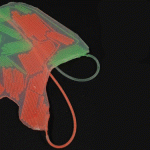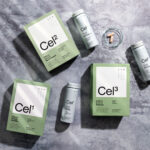Robotic fish have been released in the waters of the port of Gijon, Spain, to detect marine pollution.
The intelligent robotic fish developed by SHOAL, a European research project, is capable of detecting aquatic contaminants — and their source — in seconds. This is a remarkable improvement to the weeks it usually takes for divers to collect water samples manually and get them sent off to laboratories for analysis.
The fish are highly sophisticated in navigating the oceans, avoiding obstacles, detecting the chemical composition of pollutants. Once they gather all the information they can send it to the researchers and other robotic fish via a system similar to GPS satellite navigation.
Apart from their neon yellow colour, the fish were designed to blend into the marine environment to minimise disturbances to aquatic life. They quietly glide through the water and are similar in size (about 50 cm) and shape to tuna fish. They can work in groups to cover a one kilometre-square region of ocean, and can go underwater to a depth of 30 metres. The robots are powered by batteries, which can run for eight hours between charges.
Source: New Scientist, BMT Group






